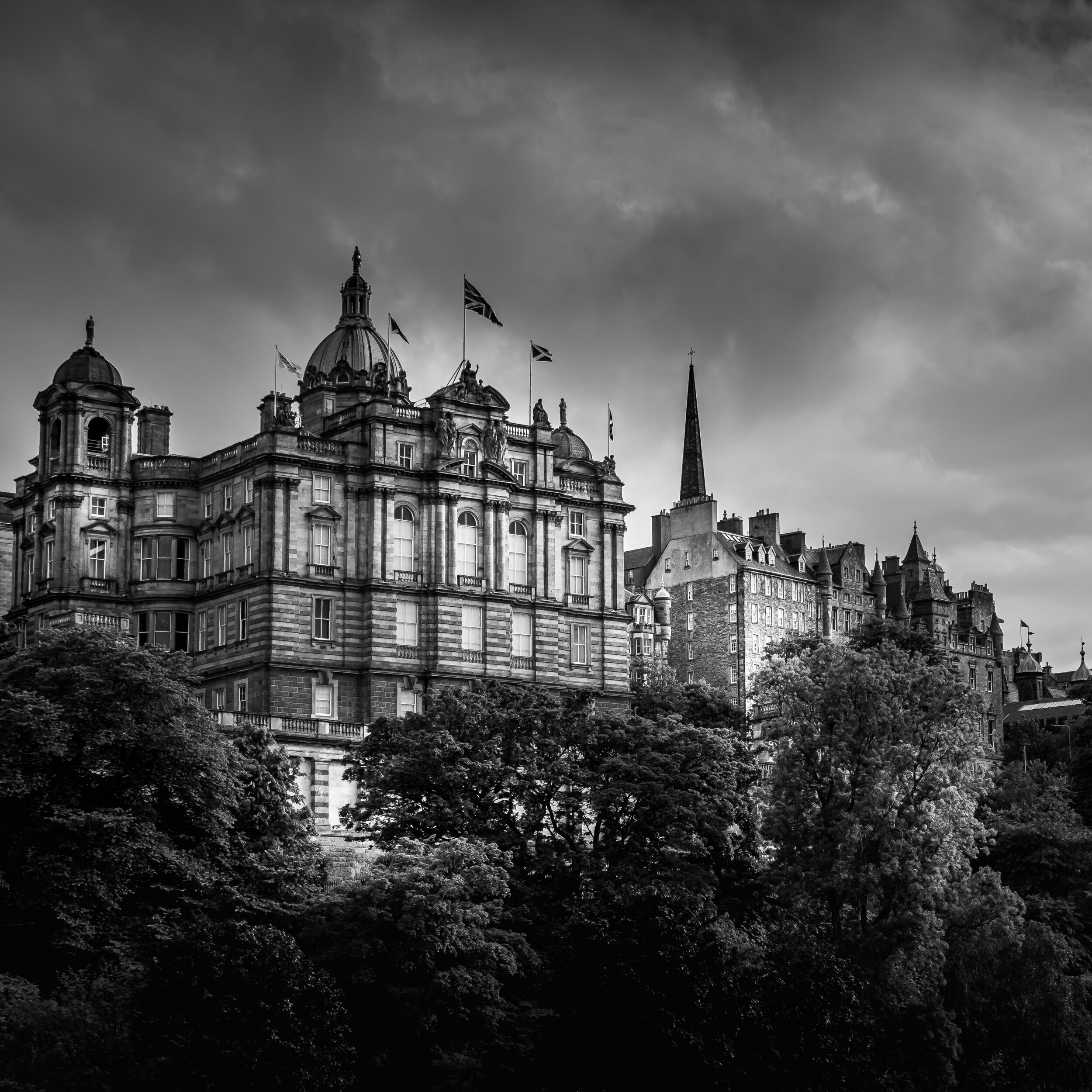Copenhagen pt 6: Operaen, the Copenhagen Opera House
On this instalment of the Copenhagen trip, I'm focusing on the newest architectural icon in the city, the divisive and spectacular Opera House.
Copenhagen pt5: Det Kongelige Bibliotek, the Danish Royal Library
The library was founded in 1648 by King Frederik III, who contributed a comprehensive collection of European works. It was opened to the public in 1793. In 1989, it was merged with the prestigious Copenhagen University Library (founded in 1482). In 2005, it was merged with the Danish National Library for Science and Medicine, now the Faculty Library of Natural and Health Sciences. The official name of the organisation as of 1 January 2006 is The Royal Library, the National Library of Denmark and the Copenhagen University Library. In 2008, the Danish Folklore Archive was merged with the Royal Library. It is open to anyone above the age of 18 with a genuine need to use the collections. Of course special rules apply for use of rare and valuable items.












![#project365 year1 [day 016] going overground](https://images.squarespace-cdn.com/content/v1/55faad2ee4b006eaf07be71d/1465974815613-1N6277USKX5RGC0VC6SD/image-asset.jpeg)






